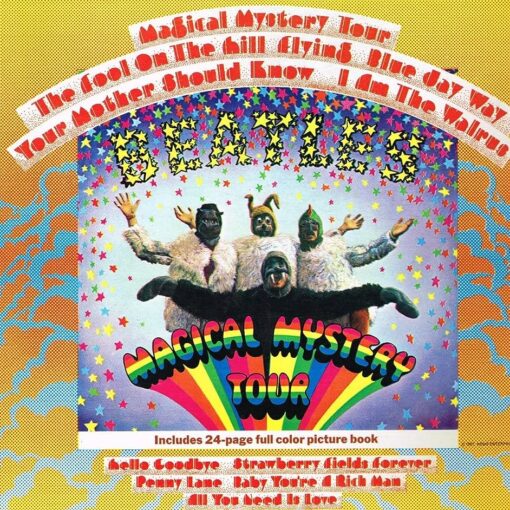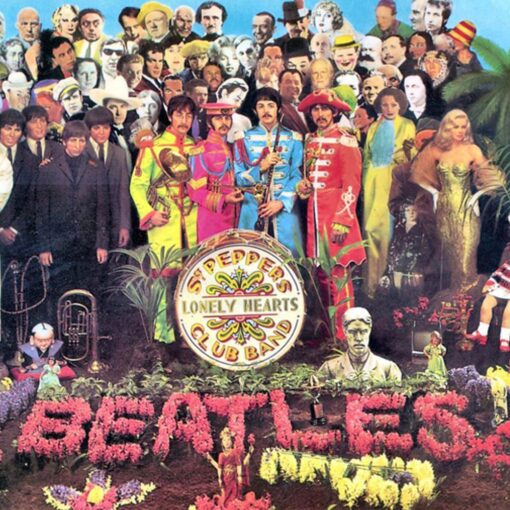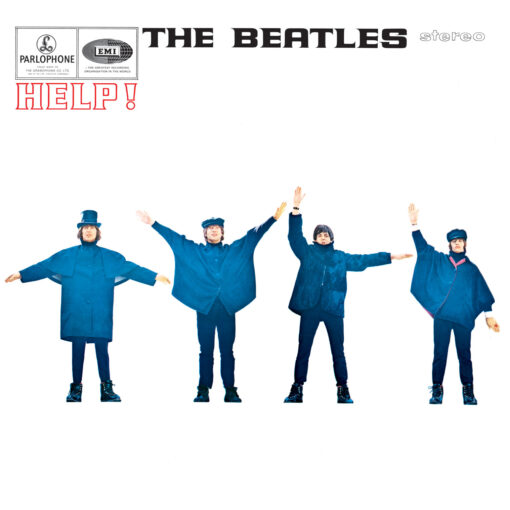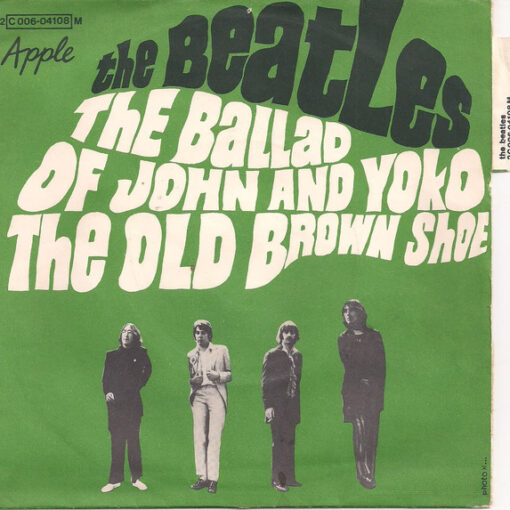- Published in 1967
- Author: Harrison
- Track 4 on “Magical Mystery Tour“
GEORGE 1968: “Derek Taylor got held up. He rang to say he’d be late. I told him on the phone that the house was in Blue Jay Way. And he said he could find it okay… he could always ask a cop. So I waited and waited. I felt really nackered with the flight, but I didn’t want to go to sleep until he came. There was a fog and it got later and later. To keep myself awake, just as a joke to pass the time while I waited, I wrote a song about waiting for him in Blue Jay Way. There was a little Hammond organ in the corner of this house which I hadn’t noticed until then… so I messed around on it and the song came.”
About “Blue Jay Way”
George Harrison wrote “Blue Jay Way” for the Beatles’s Magical Mystery Tour EP and album, which were released in 1967. Harrison named the song after an address in Hollywood Hills, Los Angeles, where he stayed in August 1967 before going to the Haight-Ashbury District of San Francisco. As Harrison struggled to stay awake after flying from London to Los Angeles, the lyrics describe his wait for music publicist Derek Taylor to find Blue Jay Way through fog-covered hills.
As with several of Harrison’s compositions from this period, “Blue Jay Way” incorporates elements of Indian classical music, despite the Beatles using only Western instruments, including a drone-like Hammond organ part played by Harrison. As part of the group’s psychedelic period, the track makes extensive use of studio techniques such as flanging, Leslie rotary effect, and reversed tape sounds. This song appears in the Beatles’ 1967 television film Magical Mystery Tour, in a sequence that visually re-creates the song’s haziness and dislocation.
Harrison’s situation on that first night in Los Angeles is entirely reflected in the lyrics to “Blue Jay Way“. During the conversation, he mentions that he has been battling sleep and advises Taylor to ask a policeman for directions to Blue Jay Way. The song’s author Jonathan Gould describes it as “darkly funny,” with the singer’s concern over his friends’ tardiness almost resembling a “metaphysical crisis.” Harrison’s refrain “Please don’t be long” is central to the composition’s “extraordinary sense of yearning and melancholy”.
Some reviewers have dismissed the song as monotonous, but others have praised its dark mood and yearning quality. “Blue Jay Way” was described as “a haunted house of a hit, adding an ethereal, creepy mythos to the City of Angels”. In addition to its continued connection to Los Angeles, the song was one of the first Beatles tracks used by cult leader Charles Manson as the basis of his Helter Skelter theory of a countercultural revolution based on race. Bud Shank, Colin Newman, Tracy Bonham, and Siouxsie and the Banshees have all covered the song.
Meaning of “Blue Jay Way”
The lyrics of “Blue Jay Way” reflect Harrison’s feelings of disorientation and frustration while waiting for some friends to arrive at his rented house on Blue Jay Way. The song has a dreamlike and somewhat eerie quality, with a haunting melody and trippy musical effects. “Blue Jay Way” is often interpreted as a reflection of Harrison’s experiences with Eastern spirituality and the psychedelic culture of the 1960s. The song is known for its distinctive sound and remains a notable track in The Beatles’ catalog.
Personnel
- George Harrison – lead vocals, Hammond organ, backing vocal
- John Lennon – backing vocal, Hammond organ
- Paul McCartney – backing vocal, bass guitar
- Ringo Starr – drums, tambourine
- Unnamed session musician – cello
“Blue Jay Way” karaoke
For those who want to try singing “Blue Jay Way”, here is a video with the karaoke version of the song:



